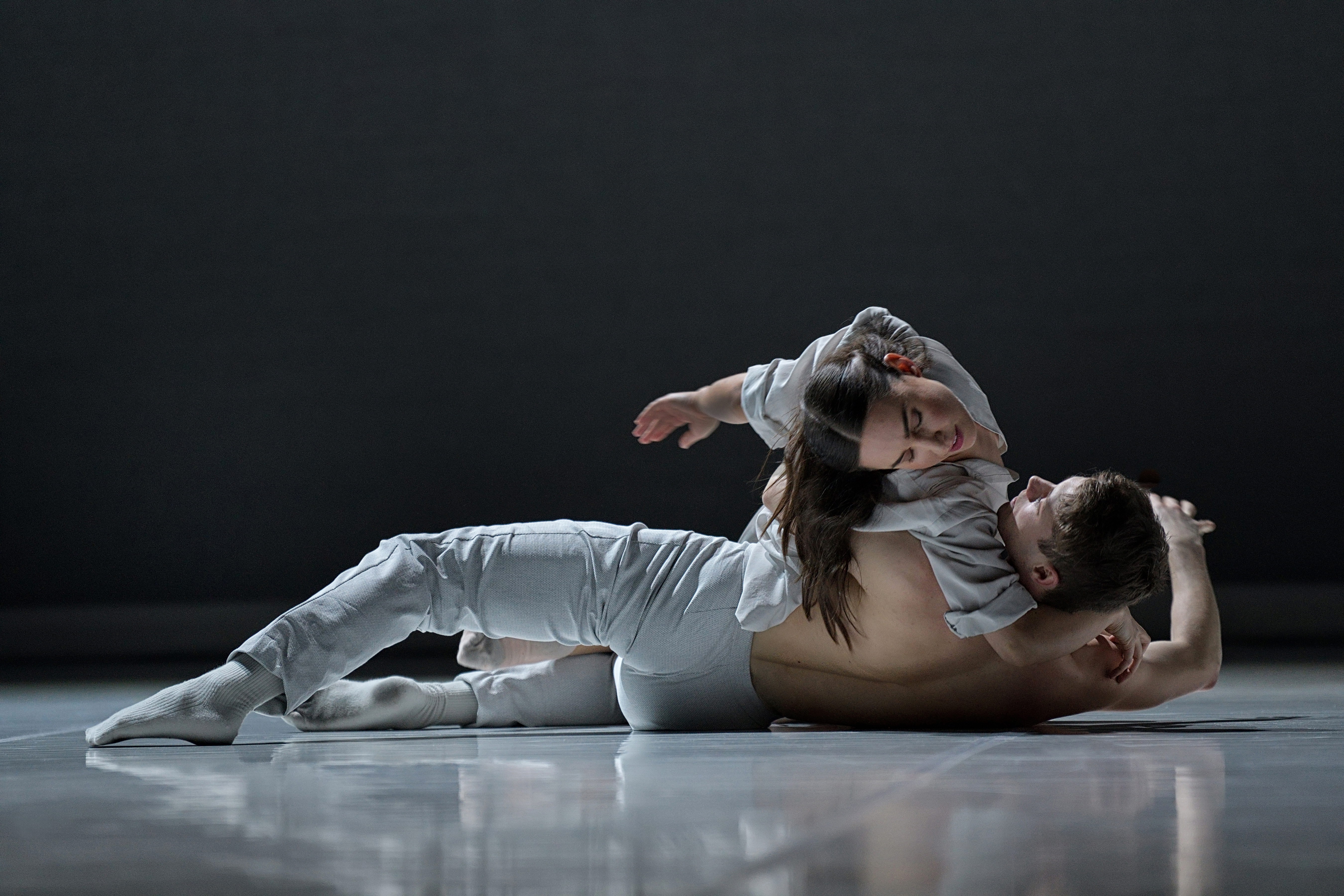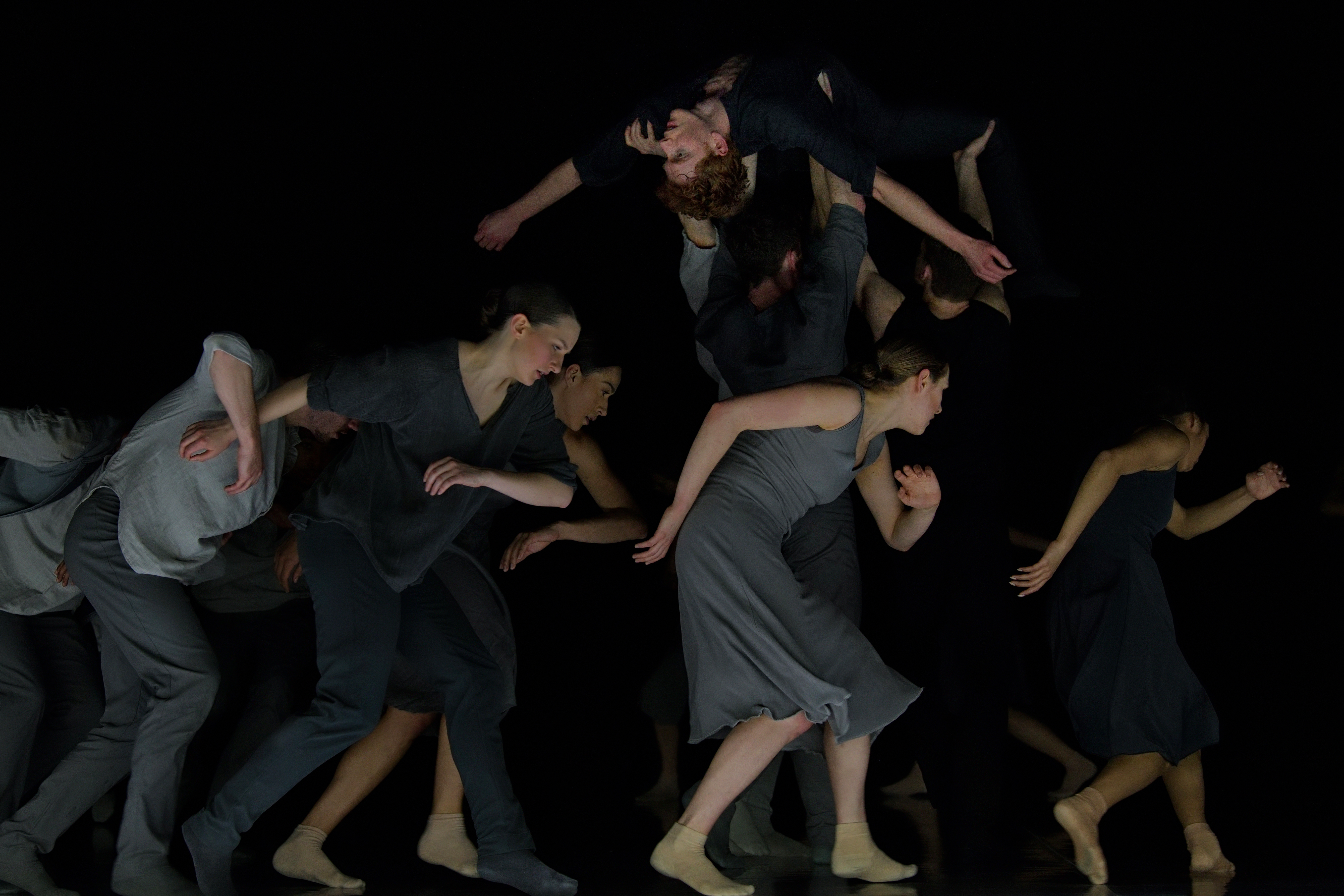
It has been a long time since I read “Romeo and Juliet” or watched the much-loved Claire Danes and Leonardo Dicaprio movie. What I remembered was young romance, two fighting families and distraught, unnecessary deaths. However, we barely needed a quick skim of the plotlines provided in the programme at Ballet BC’s “Romeo + Juliet” to be drawn completely into the story.
Somehow, without words, the dancers were able to convey almost more emotion than if they were speaking. I found myself tense during times of drama and then almost dancing along during the scenes on the street or when Juliet danced to show her youthful joy. This alone is a great testament to the talents of choreographer Medhi Walerski and the dancers, many of whom are from the Lower Mainland. It was easy to be wrapped into the silly exuberance of Romeo and his friends, Benvolio and “the charming, provocative” Mercutio, who personally got the loudest standing ovation.
While it may be strange to compare a Ballet BC performance with a social media app used by teenagers, some of the dancing did remind me of the highly choreographed Tik Tok videos the youth are sharing these days. To me, this demonstrates the current possibilities of increasing the accessibility of ballet and the art world in general. In the opening, Artistic Director Emily Molnar mentioned that Ballet BC had filled the Theatre with teenagers on field trips the day before who may have been expecting to be bored but instead were very energetic, even described as “rowdy” as they enjoyed the performance.

Similarly, the set and costume design was also incredibly engaging. Dutch set and light designer Theun Mosk, used three movable blocks to great effect, easily evoking 14th century Verona mansions and the shadowy realm of ghosts as needed. Screens also played a large role in the performance, opaque to dramatically single out a character to show their internal struggles, or hazily obscuring characters’ mourning.
The monochromatic costumes were just as simple, yet demonstrated the cruel opulence of the Capulet family or simple villagers with ease. Walerski “found that the spectrum of greys between black and white could express a society taken over by hatred, yet also permit moments of limbo.” In this limbo, we see the consequences of a society, caught up in trying to blame one another and ostracize instead of trying to understand and build bridges, a lesson relevant just as much now as in the late 16th century of its time of writing.
The emotion, the skill of the dancers, the costumes, the music, and the set all combined for a performance almost movie-like in its appeal. It’s easy to see why Ballet BC brought back this performance after sold-out shows two years ago and why it will be performed to eager audiences in Los Angeles, Victoria, and Sydney later in the year. Élancez, don’t walk to catch “Romeo + Juliet” before it dances away.
– Franny Varty
